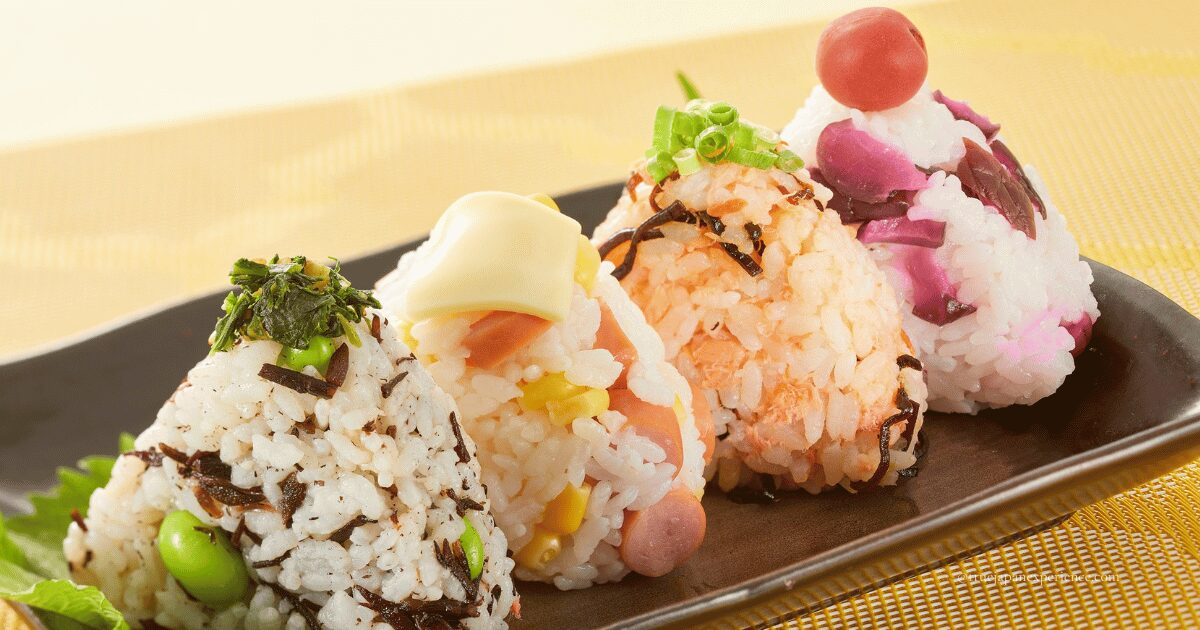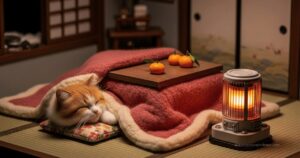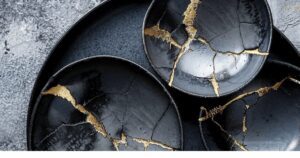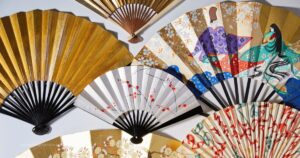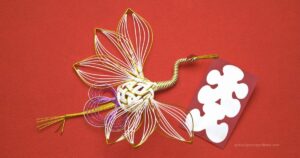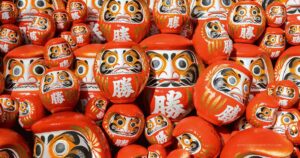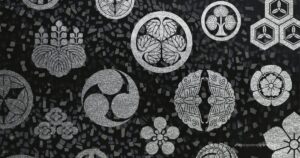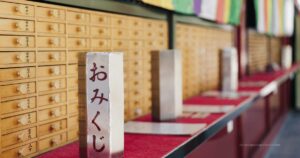Onigiri in Japan is a popular food made with rice and fillings.
It is easy to eat, easy to carry, and fun to try.
In this article, you will learn what makes onigiri special.
We will talk about its history, new styles, and where to join a class in Osaka.
If you like Japanese food, onigiri is a great place to start.
What Is Onigiri in Japan?
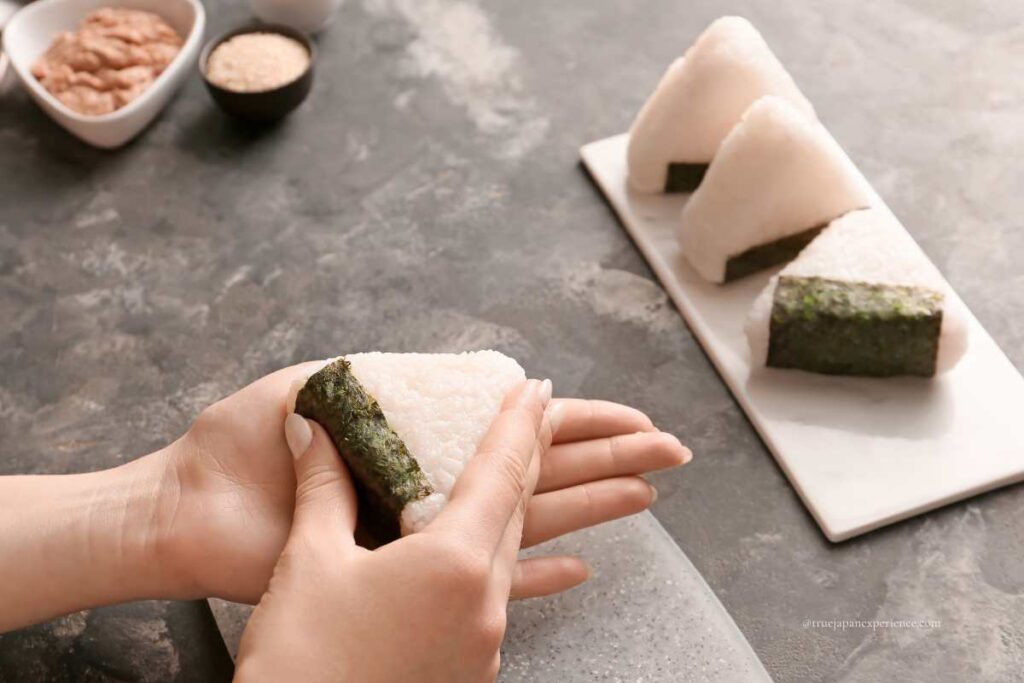
Onigiri is a rice ball. It usually has something inside, like salmon, seaweed, or pickled plum.
Many onigiri are wrapped in seaweed and shaped like triangles or rounds. But some are not wrapped at all, or are covered with a thin egg sheet instead.
Onigiri is simple, but it tastes good and makes people happy.
You can buy onigiri in many places in Japan. You will see them in convenience stores, supermarkets, and even airports.
Onigiri is loved by many travelers because it is simple, affordable, and quick to enjoy.
The Long History of Onigiri in Japanese Food Culture

Onigiri in Japan has a very long history.
It started over 2,000 years ago, in the Yayoi period.
At that time, people made rice balls with sticky rice and cooked them over fire. Burned rice balls from that time have been found at old ruins.
In the Nara period (around 1,300 years ago), the word nigiri-ii appeared in old writings. In the Heian period, people made big rice balls called tonjiki. These were served at parties for rich people and the royal court.
In the Sengoku period, soldiers took onigiri to war. It was easy to carry and gave them energy. So onigiri became an important food on the battlefield.
In the Edo period, onigiri became common for everyday people. People started mixing vegetables or grains into the rice.
Grilled onigiri also became popular. And thanks to the spread of seaweed sheets, people began wrapping onigiri with nori.
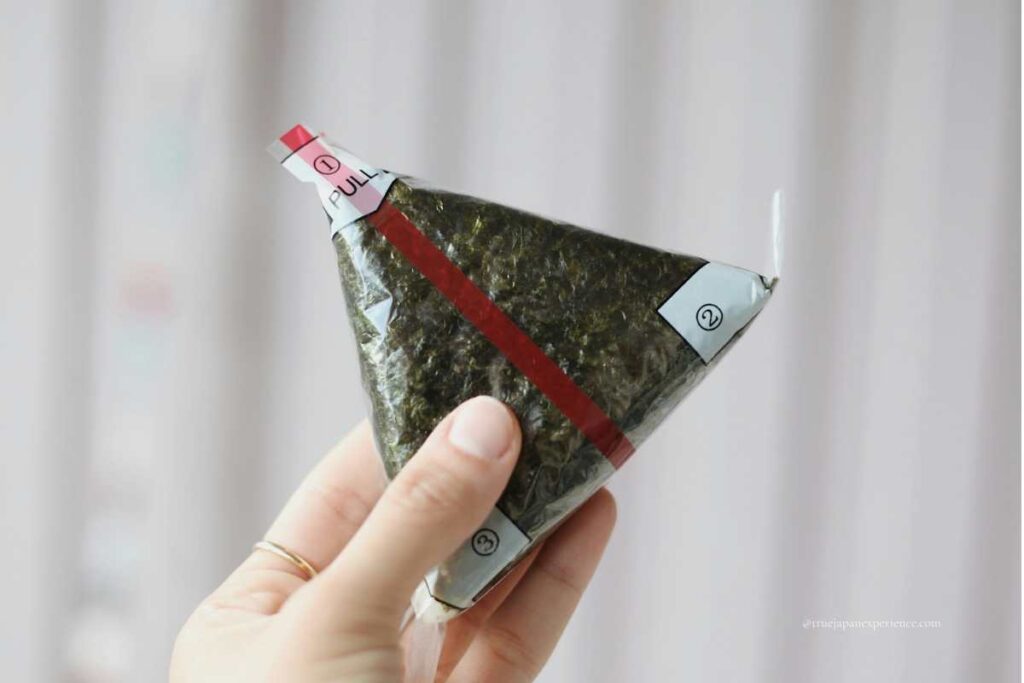
In the Showa period, onigiri started to appear in convenience stores.
Today, onigiri comes in many styles and flavors.
It is now known around the world as a symbol of Japanese food.
The Rise of Onigiri Shops in Japan
Long ago, people only made onigiri at home.
It was not something you bought at a shop or restaurant.vOnigiri was part of home cooking, made with care for family.
In the 1980s, things started to change.
Convenience stores began to sell onigiri. At that time, tuna and mayonnaise was a new and surprising flavor. People enjoyed these new ideas, and the habit of “buying onigiri” slowly became normal in Japan.
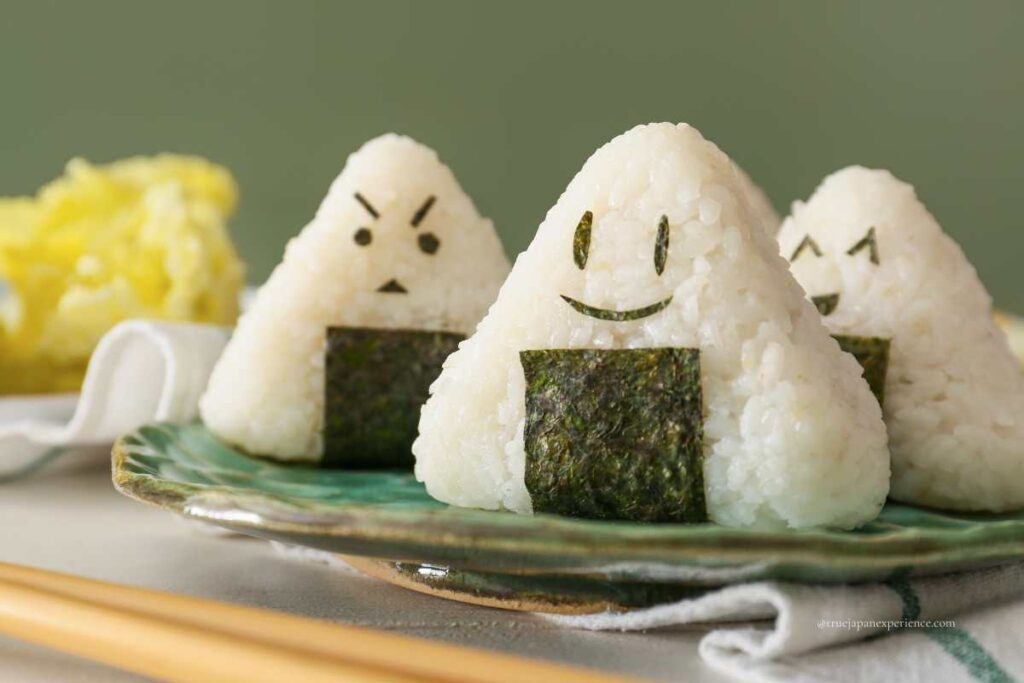
Later, the COVID-19 pandemic became a turning point.
People could not eat out as much, so they looked for good food to enjoy at home. At the same time, they wanted something safe, fast, and not too expensive.
Specialty onigiri shops were a perfect match for this need. They offered better quality than convenience stores, but were still easy to buy.
Also, these shops improved safety. They used gloves, plastic wrap, and safe cooking tools. This made people feel comfortable, even during hard times.
Today, onigiri shops are more popular than ever.
They make fresh onigiri right in front of you. Some use top-quality rice and creative fillings like grilled fish, yuzu, or cheese.
Many people say, “I want to try that shop’s onigiri, even if it costs more.” For them, it is not just food. It is a fun and special part of their day.
Onigirazu: A New Style of Japanese Rice Balls
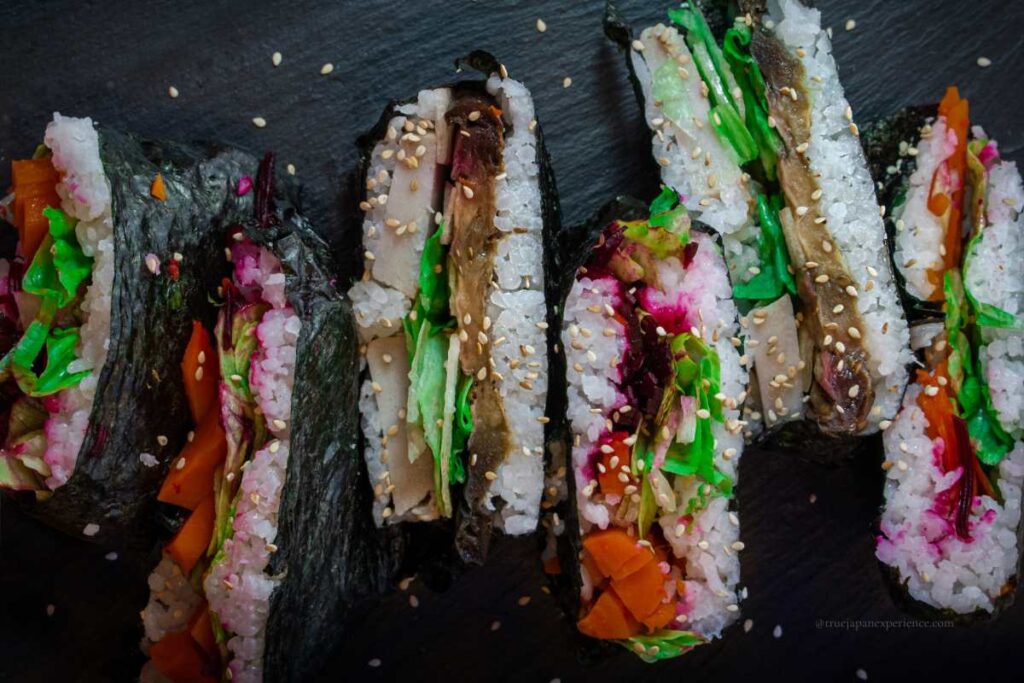
In recent years, a new style of onigiri called onigirazu has become popular.
The name means “not shaped by hand.”
Unlike regular onigiri, it is not squeezed or pressed into a shape. Instead, people place rice and fillings on seaweed and fold it like a sandwich.
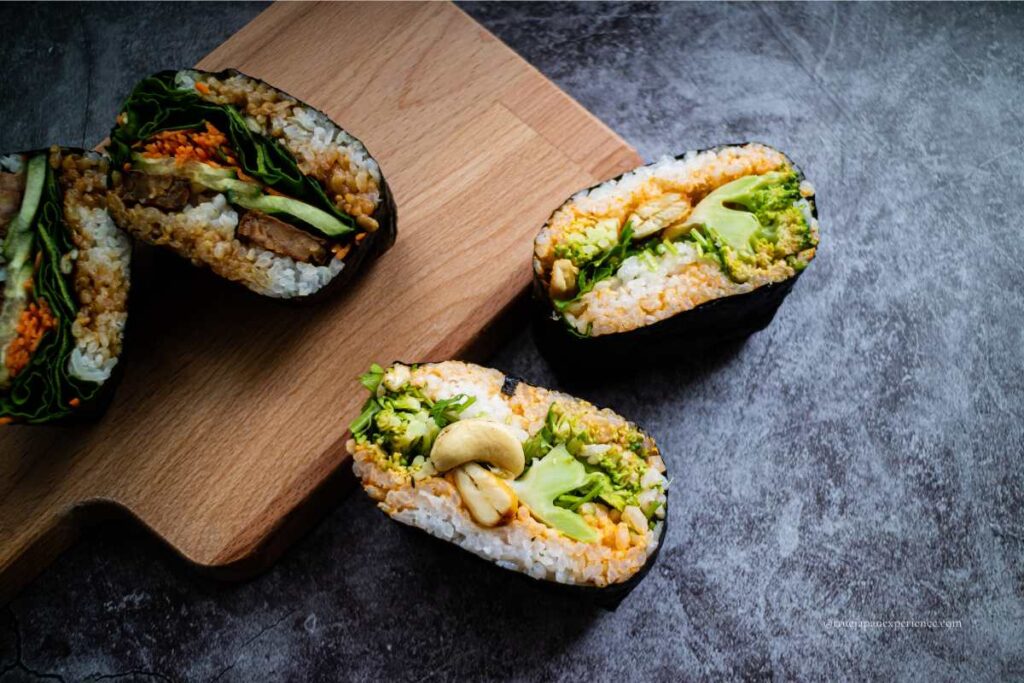
Onigirazu is easy to make because you don’t need to shape it with your hands. You can add more fillings, and the shape stays flat and neat. It also looks colorful and beautiful when you cut it in half.
That’s why many people post photos of onigirazu on social media.
This style first appeared in a comic book in the 1990s. Later, it became a big trend online in the 2010s.
Today, you can even find onigirazu at some convenience stores in Japan.
Why Onigiri Is Loved in Japan
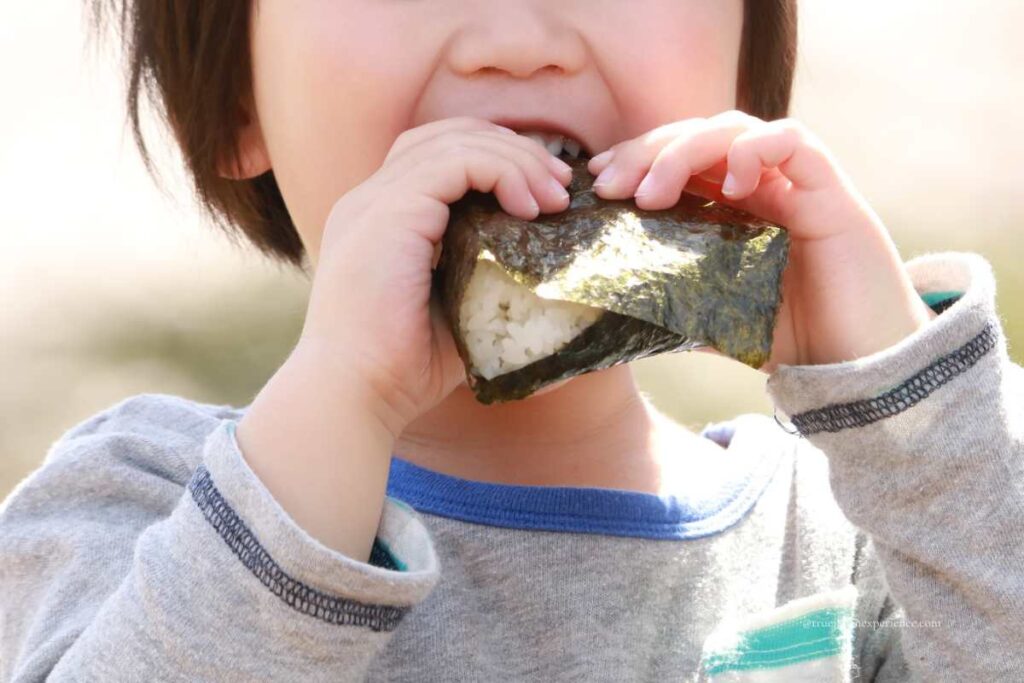
Onigiri is simple, tasty, and easy to carry.
People enjoy it at work, at home, or in the park. It’s a great food for a short break or a fun day outside.
One reason people love onigiri is the variety of flavors.
There are classic fillings like salted salmon or pickled plum. But now you can also find spicy tuna, cheese, or even beef. Everyone can find a favorite.
Another reason is the size and shape.
Onigiri is easy to eat with your hands. It is not too big, so you can eat one anytime.
Also, onigiri is made with rice, which is the heart of Japanese food. It feels warm and familiar, like a taste of home.
Many people also see onigiri in anime or movies. They want to try it because it looks cute and delicious. For visitors to Japan, it’s not just a snack—it’s a part of the culture.
Is Onigiri Really Healthy?
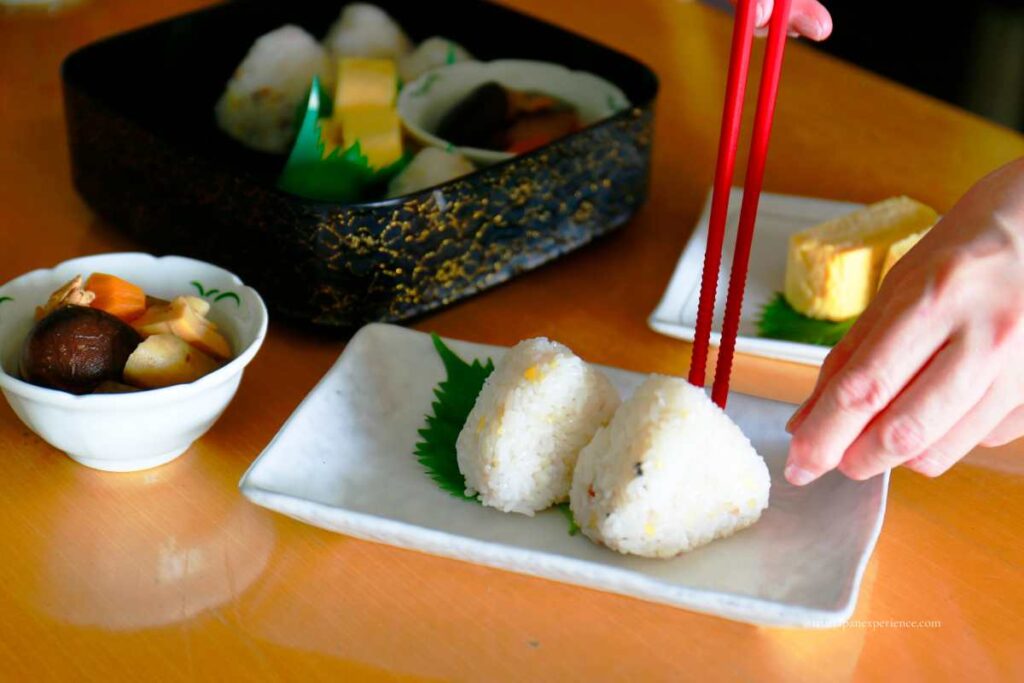
Many visitors think onigiri is a healthy choice. It is not deep-fried, it is small, and it looks simple.
But is it really healthy? The answer is: it depends.
One good point is that onigiri is made of rice.
Rice gives your body energy and is easy to digest. Also, some onigiri use brown rice or grains, which have more fiber.
If you pick the right filling, onigiri can be a balanced food. For example, salmon, vegetables, or pickled plum are good choices.
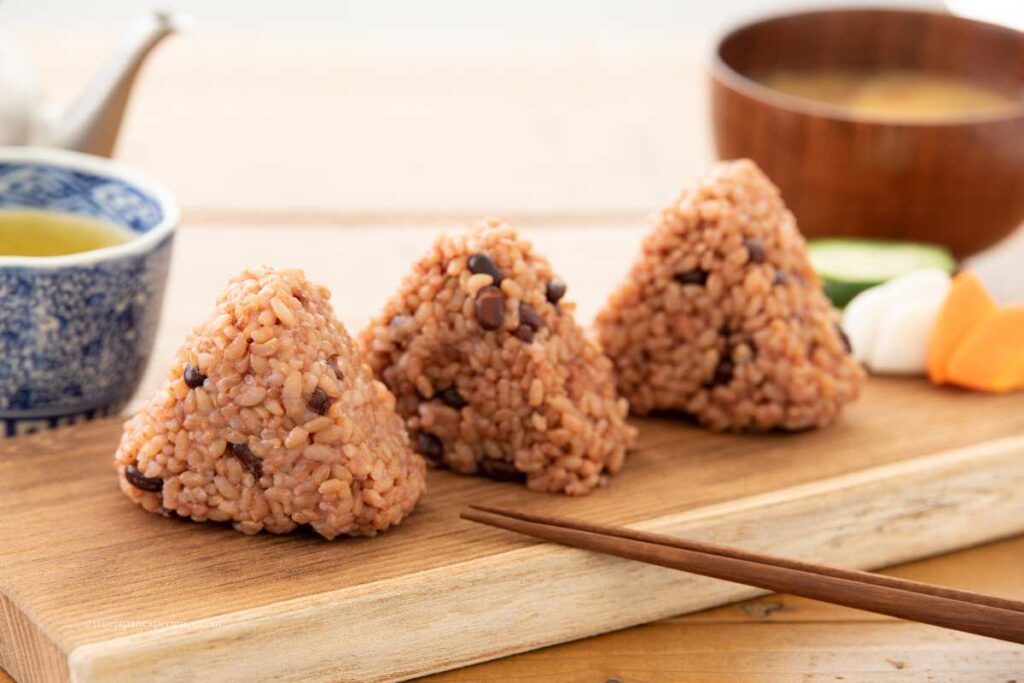
Some shops now sell onigiri with less salt or made for vegetarians.
But you should be careful, too.
Onigiri is high in carbs and can raise your blood sugar quickly. This is especially true if you eat one or two when you are very hungry. Some fillings, like mayonnaise or fatty meats, also add a lot of fat and salt.
One tip is to eat vegetables or soup before eating onigiri.
You can also choose onigiri with brown rice or eat slowly.
These simple ideas help make onigiri a healthier part of your meal.
Try Onigiri: Join a Japanese Rice Ball Experience
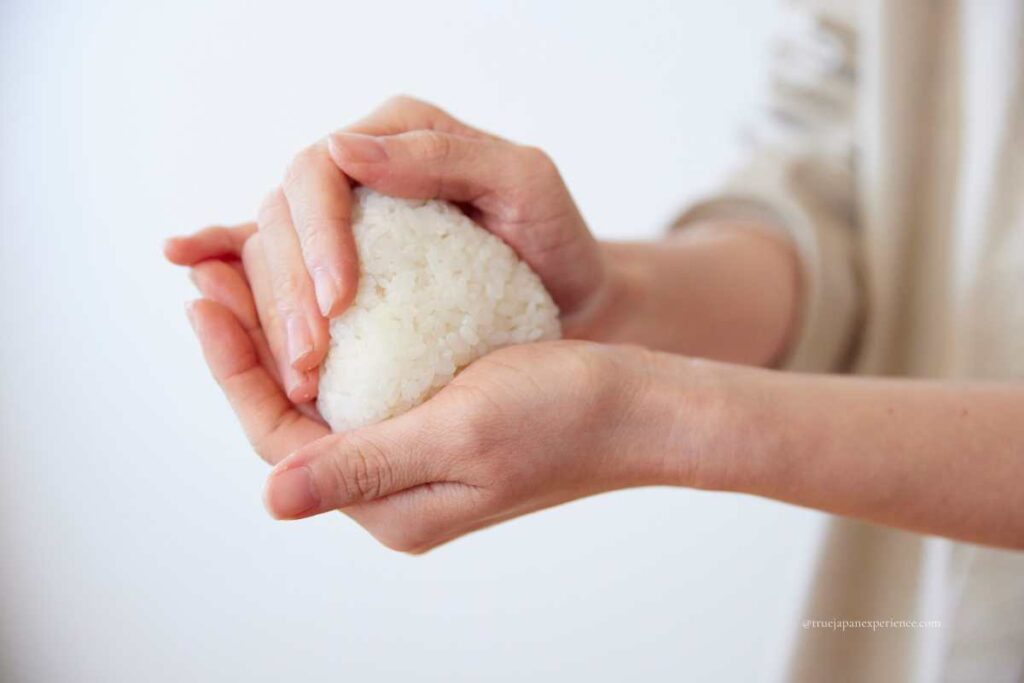
Tasting onigiri is fun.
But making your own onigiri can be even more exciting.
Many places in Japan now offer onigiri-making experiences. In these workshops, you learn how to shape rice, add fillings, and wrap it with seaweed. You can also learn fun facts about Japanese food culture.
This is a great activity for families, couples, or even solo travelers. It’s hands-on, delicious, and a perfect memory of your time in Japan.
If you’re interested, there are classes in different cities.
For example, here’s a popular one in Osaka:
👉 Join an Onigiri-Making Class in Osaka
Onigiri is more than just rice—it’s part of Japanese life and tradition.
To learn more about Japanese food culture, check out our guide to Washoku, Japan’s Traditional Cuisine.
